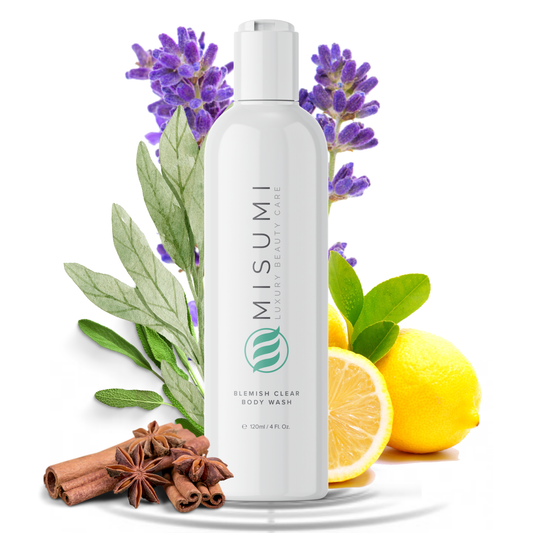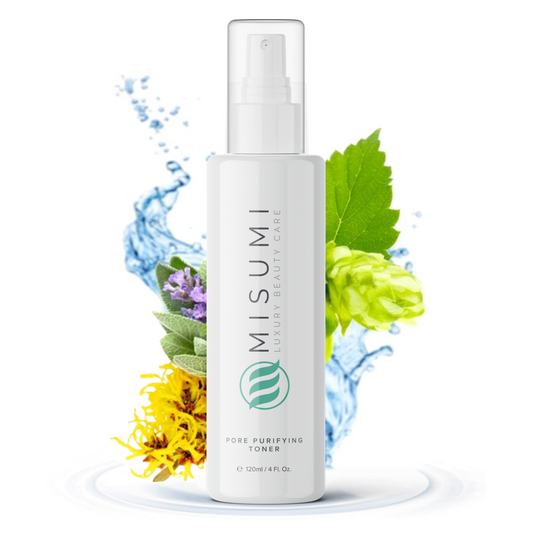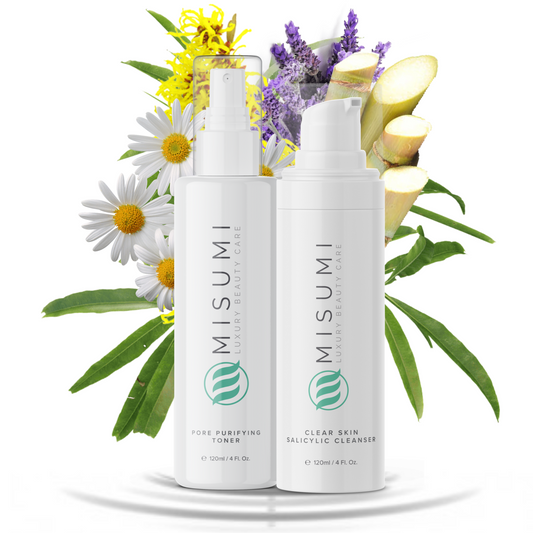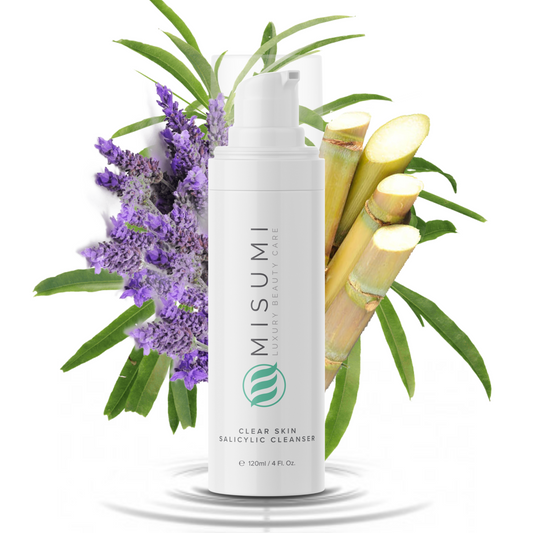There’s a quiet shift happening in the way people approach aging. Not waiting for deep lines to settle in, not chasing perfection, but aiming for something softer: a rested, calm look. It’s less about “erasing” time and more about keeping the face in balance.
Those first faint lines across the forehead or between the brows—sometimes they show up in your late twenties, sometimes a bit later. They tell stories of focus, surprise, worry. But when they linger too long, they can make the face look tired even when you’re not. That’s usually when the search begins for something gentle enough to prevent, not correct.

The Early Start Philosophy
People talk about “prejuvenation” now. It’s preventive care for the skin, not in a dramatic way, but as a quiet upkeep. Like applying sunscreen before the burn. Starting early with neurotoxins doesn’t freeze your face; it simply helps your muscles relax before they start leaving permanent marks.
It’s a small dose approach. Doctors often say less is more here, and they mean it. The goal isn’t to change the way you look—it’s to make small moves that keep your expressions natural but smoother.
Why People Turn to Neurotoxins Sooner
It’s not vanity; it’s awareness. The skincare industry has become smarter and more transparent, and people now see neurotoxins as part of regular maintenance. There’s also something deeply psychological about taking that step early—it gives you a sense of control, of participating in your own timeline.
Still, it’s easy to get lost in the options. Botox, Dysport, Xeomin—they all sound similar but feel different in the way they settle into the skin.
The Subtle Difference That Matters
Each neurotoxin has its own pace and personality. Some spread more widely across the area; others stay more localized. For those early fine lines, that detail matters. A small difference in formulation can mean a more natural expression instead of that “just had something done” look people still worry about.
That’s why many turn to Dysport, a product known for its smooth diffusion and light touch. It’s often chosen for early treatments, especially in the forehead area, because it softens without stiffening. The results feel relaxed, like you’ve had a good week of sleep.
It doesn’t change your face. It just quiets the tension underneath. That’s the secret most people are after: calm features, same emotions.
The Emotional Side of Preventive Care
There’s something underestimated about this process—it’s not just cosmetic. For many, smoothing early lines has an emotional ripple effect. You start to feel more comfortable in your own reflection. You see less of the stress you carry, even if life hasn’t really slowed down.
It’s a confidence rooted not in vanity, but in subtle control. Your expression becomes yours again, without the shadow of fatigue drawn across it.
Knowing What Works for You
There’s no single “right” product. The key lies in communication—with the injector, with yourself. Some people want a light touch on the forehead, others focus on frown lines that make them look stern in photos.
● For smaller, early creases: a micro-dose treatment might be enough.
● For deeper or stronger muscles: a more targeted approach helps balance movement without erasing it.
● For naturally expressive faces: products like Dysport adapt quickly, giving a softer, more diffused effect.
The trick is in subtlety. Small adjustments spaced months apart can create a steady rhythm where your skin never looks “treated”—it just looks consistently well-rested.
The Shift Toward Simplicity
Aging gracefully used to sound like something passive, like letting nature take its course. But now it feels more like a partnership. People want to participate, but gently. They want effort without excess.
Neurotoxins fit right into that mindset: small, science-backed steps that help maintain your skin’s story without rewriting it. Combined with hydration, healthy habits, and consistency, it becomes part of a lifestyle that prioritizes balance over perfection.
The Beauty of Subtle Expression
What people often notice after their first session isn’t the absence of lines—it’s how much lighter their face feels. That constant frown from squinting or concentrating relaxes, and suddenly, you look like yourself again.
There’s beauty in that kind of relief. The face stops holding tension, and with it, the mind follows a bit. A smoother forehead can actually change how you feel through the day: less guarded, more open.
That’s the real transformation—quiet, emotional, human.
The Future of Early Skin Care
As more people lean into early treatments, the concept of aging is being rewritten. It’s no longer about hiding years but making peace with them, guiding how they show up. Neurotoxins are becoming part of that gentle guidance—tools of self-expression rather than concealment.
The best part: you don’t have to go all in. A few units in the right place can hold back the deeper lines, allowing your face to age on your terms.
Because smoother doesn’t mean frozen. It means free—from unnecessary worry, from harsh lines, from the idea that care comes too late.
And maybe that’s what a softer expression really means: not chasing youth, but staying kind to yourself in how you age.








